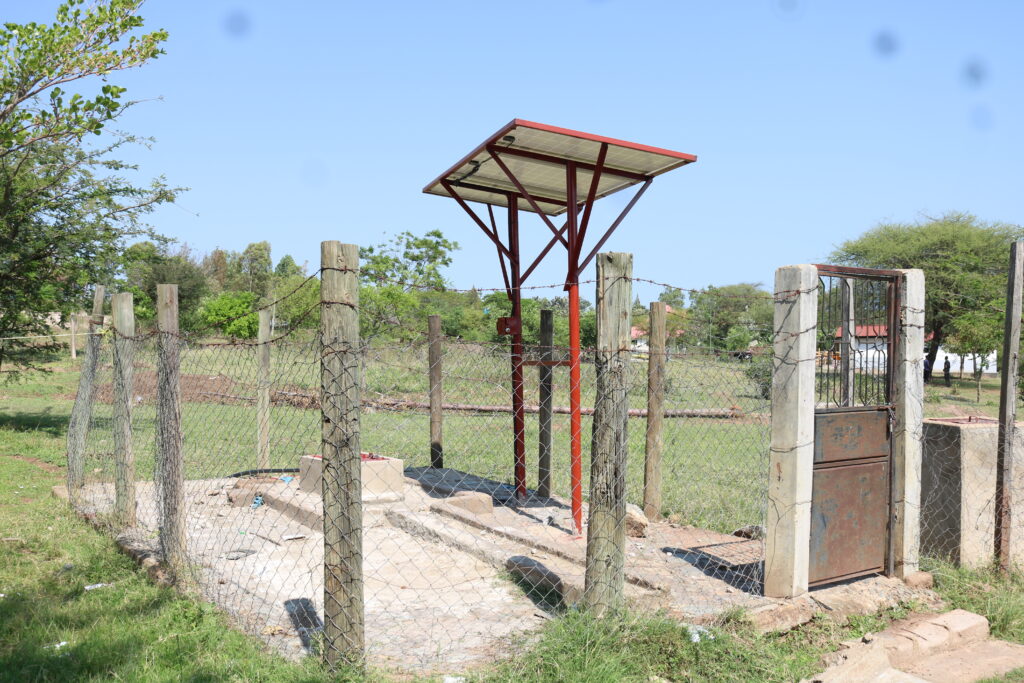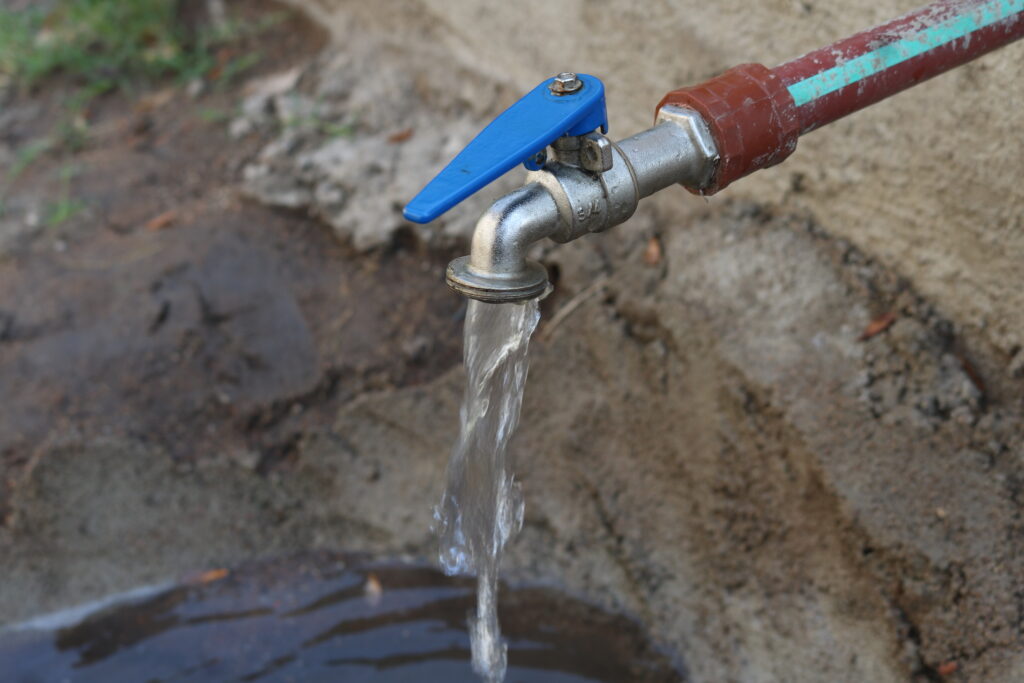One of the wonderful things about CED’s work is that we build up long-term relationships with our partners overseas. But CED Director Ian Rankin’s friendship with Samuel Mpanilehi dates back long before he became involved with CED. Ian has known Samuel since the 1990’s when Samuel’s father was Ian’s pastor in Tanzania. Samuel runs an organisation called Faraja Orphans Rescue Ministry (FORM). At FORM they follow the Biblical mandate of James 1:27 and look after orphans in need of care. FORM’s mission “is to ensure sustainable hope for Orphans, to achieve, promote and encourage them in active participation in informal and formal education, vocational training in order to let them feel mentally, physically, socially and psychologically acceptable in the society”.

Samuel and his staff at FORM had been concerned by the challenges that they were facing at their Amani School campus at Musoma. Their 500 students would queue for a long time to get water from the handpump at the school. This affected the time that they had for their studies and was seen as a factor in some children’s poor performance. The school explored the option of replacing the handpump with a solar-powered pump and a local contractor designed a proposal. The scheme included the pump, solar panels, two elevated tanks and a gravity piped scheme to the various school buildings. CED commented on the design and provided a grant towards the cost of the work.
Samuel told us:
“The installation of this new system has saved much of students’ time for studies and hence improved their performance in school. There has been an increased availability and accessibility of water supplies at the school campus and hence improved the hygiene situation at the school. The installation of this new water system has made a permanent availability of water in the latrines and bathrooms, dorms and kitchen. Having more water has also improved the school landscape and gardens”.

Another benefit of the piped system is that the public no longer need to enter the school compound to collect water. Samuel said: “previously the community members would come in to the school to pump water from the well, which was a risk for students and school materials. Since the school installed this new water system the community members are no longer coming in for water. Instead, they get their water through the system which has been installed outside school boundary”.
Samuel prepared a video showing the new system which you can see here.
